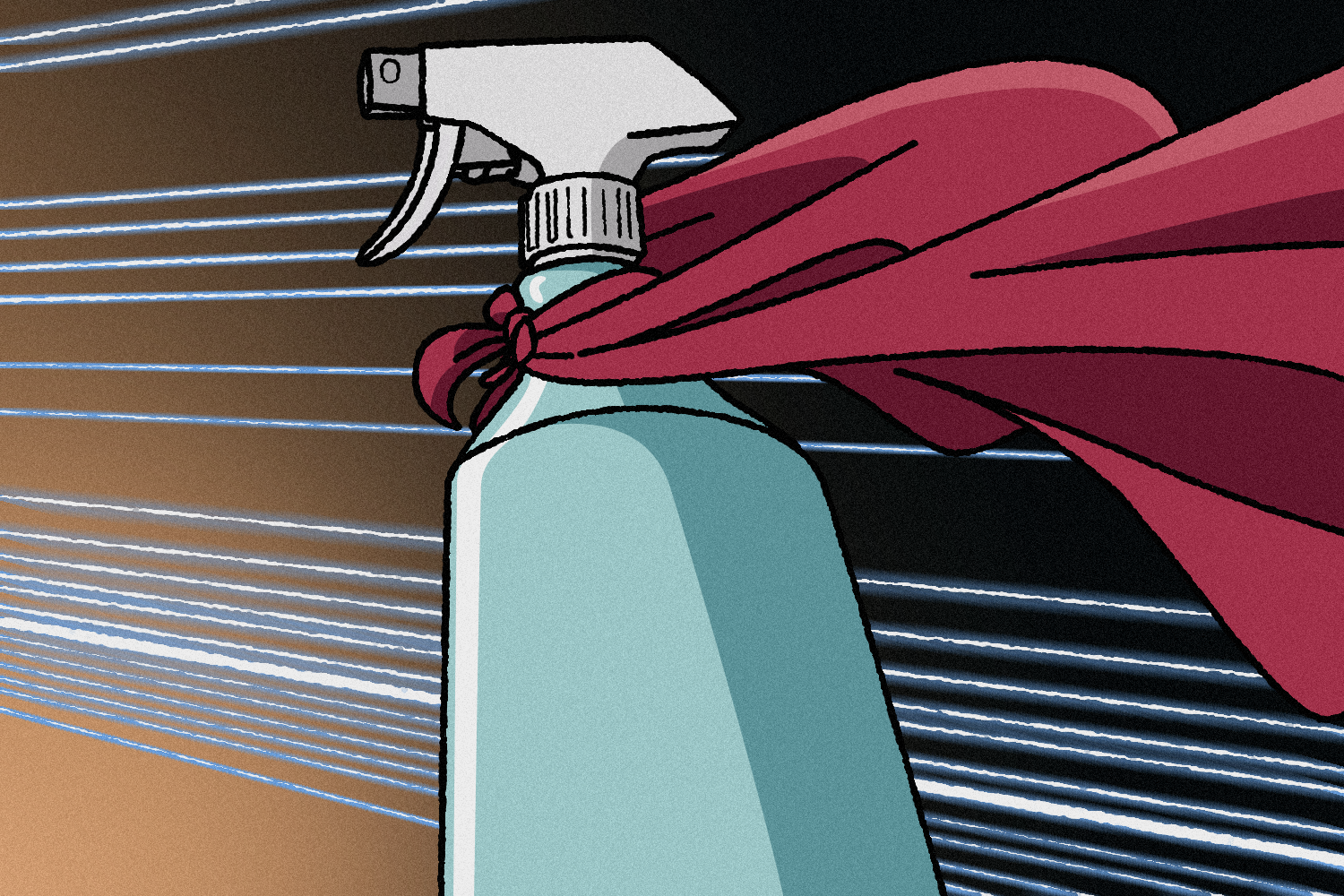The best all-purpose cleaner is a tablet
Our favorite cleaner ditches single-use plastic—and all the water weight

Sign up and save the world
The one5c newsletter delivers our best tips right to your inbox
All-purpose cleaning sprays are an efficient way to de-funk most surfaces of your home. But in terms of waste they can be kind of a bummer. The majority of products come in plastic containers—a loss i……

